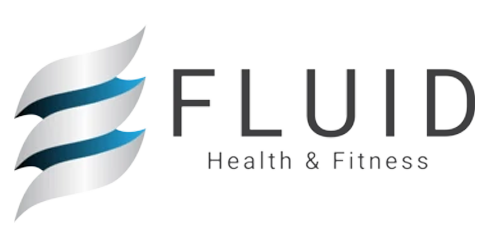
Apr 30 , 2021
0 Comments
Designed to Move | The Zone of Apposition
Body Asymmetry and Breathing Mechanics
The body is naturally asymmetrical, affecting all aspects of our movements and breathing mechanics. A prime example of this is seen between the left and right hemispheres of the lungs and the diaphragm (the primary muscle used for respiration which separates the stomach from the chest). The left side of the lungs and the diaphragm, above where the heart and blood vessels are located, has only two prongs. In contrast, the right side has three prongs with the propped support of the liver. This means that the right hemisphere of the body will tend to be dominant and that the spine will tend to curve to the left (or the weaker side), which can be exacerbated further by muscular imbalance of the transverse abdominis, poor posture, and/or previous injuries. As a result, an excessive asymmetry may lead shallow breathing and lower back pain.
The Zone of Apposition
The proper shape and positioning of the diaphragm within the rib cage is called the zone of apposition. It dictates the degree of symmetry of our movements from head to toe.
When we are in proper alignment, the diaphragm becomes relaxed and domed (think of a blown-up balloon), creating a zone of apposition. This allows for full and deep exhalation pushed through our lungs and proper range of movement for the abdominal muscles. These muscles help with pulling the rib cage down into place and rotating it internally to allow for concise airflow as we exhale.
However, when we struggle with shallow breathing (the balloon becomes deflated), the zone of apposition disappears and it becomes difficult for air to be pushed out from our lungs. This prevents the abdominal muscles from keeping the rib cage in place with exhalation and causes the body to compensate through directing the airflow elsewhere (such as the upper chest).
How Do You Optimize the Zone of Apposition?
To optimize the zone of apposition, it is important to open up the chest, build core strength, and correct for poor posture. We would recommend the following exercises:
Release - Erectors and Lats 60 seconds
Activate - Medial Hamstrings | Elevated Hip Press 2 x 20
Integrate - Anterior Sling 2 x 20
Strength - Laying Supine Single Leg Extension with Balloon Expire Focus 2 x 12




